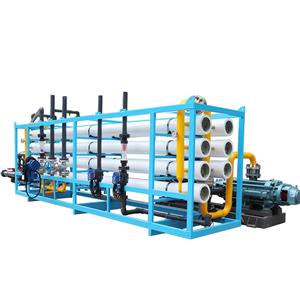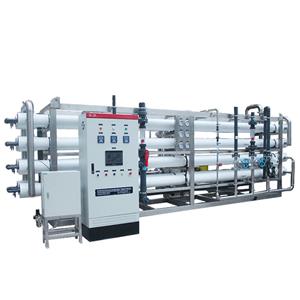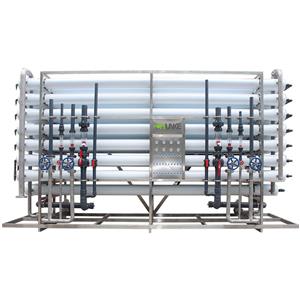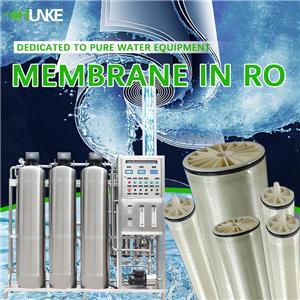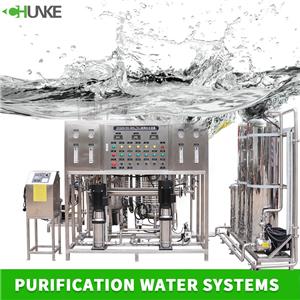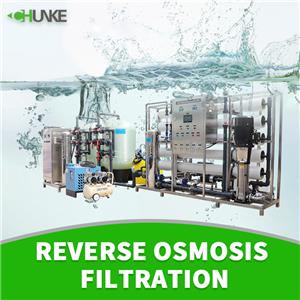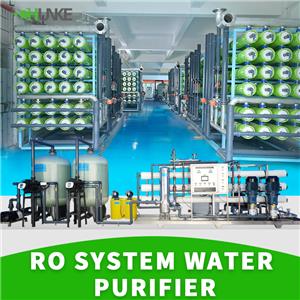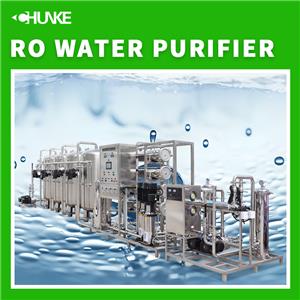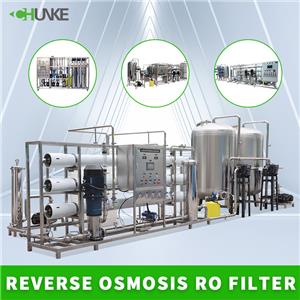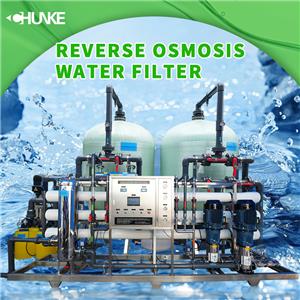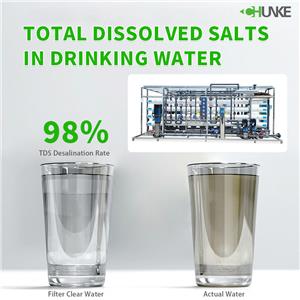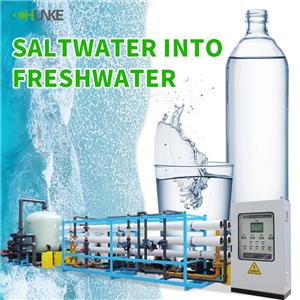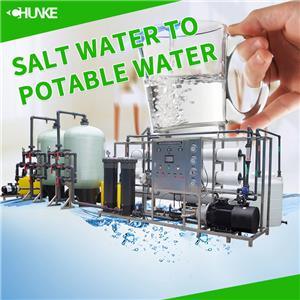-
01-12 2024
How to replace the reverse osmosis membrane in the water purification system?
The article provides guidance on how to replace the key component of reverse osmosis water purification systems - reverse osmosis membranes. This includes steps such as preparation, positioning, removing old membranes, cleaning, installing new membranes, checking connections, starting the system, and monitoring water quality.
-
01-11 2024
Should I install a reverse osmosis water purification system?
This news article explores whether reverse osmosis water purification systems should be installed, and proposes solutions to address issues such as household water quality safety, drinking water taste, protection of household appliances, and skin sensitivity.
-
01-11 2024
Why choose a reverse osmosis filtration system?
The reverse osmosis filtration system is highly popular due to its excellent multi-layer filtration effect, strong adaptability, environmental protection and health, stable water supply, and efficient water conservation. In the future, the system will continue to innovate, improve performance, and become a more widely used water treatment solution, providing users with high-quality water quality and efficient water treatment experience.
-
01-10 2024
Is the industrial reverse osmosis system water purifier suitable for urban water supply projects?
The problem of urban water supply is prominent, and industrial reverse osmosis water purification systems are emerging. Faced with challenges such as water scarcity and declining water quality, this system ensures water quality safety through efficient filtration, adapts to multiple water quality situations, reduces waste, and improves water resource utilization efficiency.
-
01-10 2024
Is commercial reverse osmosis water purifier suitable for small businesses?
Commercial reverse osmosis water purifiers have attracted the attention of small businesses to solve water quality problems. Its filtering effect is excellent, the equipment is flexible and compact, suitable for limited places, with low operating costs, and in line with the trend of environmental protection.
-
01-09 2024
Is reverse osmosis ro filter suitable for the printing industry?
Reverse osmosis water filters have become the focus of the printing industry, solving water quality problems and improving printing quality. The system protects equipment, extends lifespan, supports precision in ink dilution, and brings a win-win situation for environmental protection and economy. In areas with scarce water resources, the efficient utilization of water resources in the system meets the needs of sustainable development.
-
01-08 2024
How does the reverse osmosis water filter work?
The reverse osmosis water filter utilizes semi permeable membrane separation and physical filtration, and pushes water molecules through a high-pressure pump to remove particles and bacteria, producing high-purity water. The system includes components such as pre-treatment, reverse osmosis membrane, and concentrated dilute water flow channel.
-
01-06 2024
What is the standard for total dissolved salt in drinking water?
This article introduces the standards for total dissolved salts (TDS) in drinking water and their impact on water quality safety. TDS includes various ions and trace minerals, with standards typically ranging from 300 mg/L to 600 mg/L. To ensure that water quality meets standards, many places have adopted brine treatment systems, including reverse osmosis and ion exchange technologies.
-
01-06 2024
Is there a machine that can turn saltwater into fresh water?
A Chinese water treatment company has recently successfully developed a saltwater purification system that converts saltwater into drinking water, taking a crucial step towards global drinking water safety. This system utilizes advanced reverse osmosis membranes and high-efficiency energy drive devices to efficiently and low-energy filter saltwater and produce high-purity fresh water.
-
01-05 2024
How long does it take to go from salt water to potable water?
Chinese company CHUNKE has recently successfully developed a brine purification system, which has attracted widespread attention. The system uses reverse osmosis technology to convert saltwater into drinking water through high pressure. Field tests have shown that drinking water can be obtained in just a few minutes when processing 1000 liters of seawater. Factors such as water source quality and system scale affect treatment time, but in emergency rescue and water resource scarce areas, efficient salt water conversion systems are of great significance.

